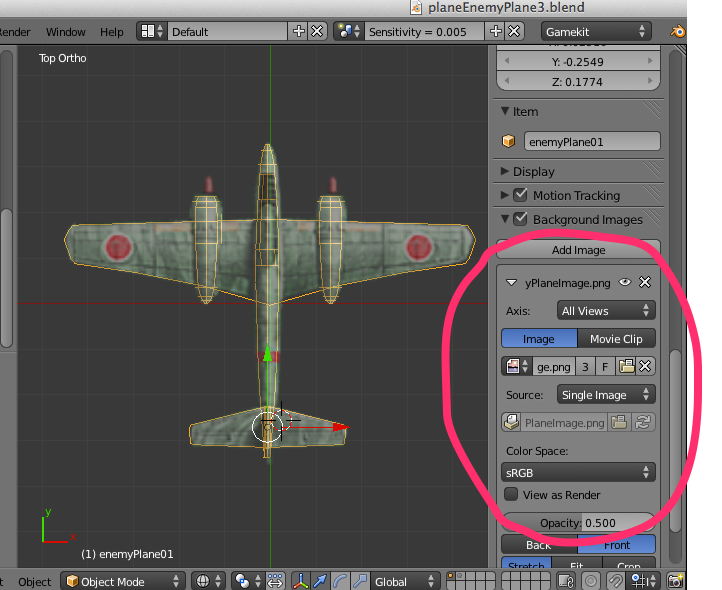

I'd like to continue to explore Meshlab's automatic volume measurement capabilities.

However the MeshLab calculated volumes are close and given the Blender model had been simplified to have fewer edges to select, some variation is understandable. Selected subsection of model with mound showing after "fix all":Īuto calculated volumes (see EXCEL file for details and notes):įor selected mound-only solid from Meshmixer: MeshLab calculated volume: 73,666 cu ft vs hand estimated 197,699 only 37.3% - a Big difference, need to check prior results.įor Blender smoothed, filled, then cropped in Meshmixer: MeshLab calculated volume: 83,869 cu ft vs hand estimated 197,699 only 42.4%- again a Big difference, need to check prior results. Screenshots illustrate steps in the Meshmixer process:Įntire SFM model with Blender filled base of mound showing need to be "fixed", make it watertight for 3D printing (or volume calculation): The Blender model had been simplified to have fewer edges to select, so some variation is understandable. Both of these closed surfaces gave comparable volumes from MeshLab. (Meshmixer is another tool from Autodesk and one common use is for "fixing" models for 3D printing - where "closing" the base is a common requirement to make the make the model "watertight" for 3D printing). However, I struggled with the powerful and elegant toolset and interface for Blender and resorted to the Meshmixer tool to select and “crop” to a subsection of the model. I also used Blender capabilities to “close” the bottom of the earth mound feature. While both suggested using Blender, I primarily relied on the Meshmixer tool for the ability to select and “crop” to a subsection of the model and automatically “close” it. I was also able to prepare an example closed base cube shell model which used Meshlab's automatic volume measurement capabilities feature to get meaningful results.īased on suggestions from Matteo Dellepiane, author of Mr P.’s YouTube tutorials for MeshLab, and comments from Mathew Lippincott and others, I found one way to obtain a closed surface, in order to use the automatic volume calculation in MeshLab.
#Meshlab vs blender manual
In prior observations I described the motivation and used the scaled measurements from the model to do manual area and volume calculations offline. This is only an example workflow and is surely not the most elegant approach. I used Autodesk's 123DCatch web tool make a 3D model from 70 images (max number allowed). Volume is automatically calculated for an earth mound feature in a SFM model from aerial mapping piles augmented by ground-based photos.
#Meshlab vs blender free
This workflow example used other free 3D model mesh tools ( Meshmixer and Blender ) and Meshlab's automatic volume measurement capabilities. Describe a workflow using free Surface From Motion (SFM) and 3D model mesh tools for automatic calculation of volume of features based on aerial and ground photos.


 0 kommentar(er)
0 kommentar(er)
